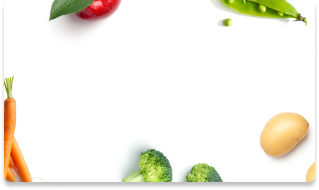
-
Find the right food for your pet
Take this quiz to see which food may be the best for your furry friend.
Find the right food for your pet
Take this quiz to see which food may be the best for your furry friend.
Featured products
 Adult 7+ Perfect Digestion Chicken, Whole Oats & Brown Rice Recipe Dog Food
Adult 7+ Perfect Digestion Chicken, Whole Oats & Brown Rice Recipe Dog FoodScience Diet's breakthrough nutrition supports ultimate digestive well-being & healthy microbiome for dogs age 7+
Shop Now Small & Mini Savory Stew with Chicken & Vegetables Dog Food
Small & Mini Savory Stew with Chicken & Vegetables Dog FoodA delicious complement to the nutrition of Science Diet Small & Mini 7+ dog food
Shop Now Adult Healthy Cuisine Roasted Chicken, Carrots & Spinach Stew Dog Food
Adult Healthy Cuisine Roasted Chicken, Carrots & Spinach Stew Dog FoodDelicious roasted chicken paired with tender vegetables in a succulent stew
Shop NowFeatured products
 Adult Savory Entrée Can Variety Pack Cat Food
Adult Savory Entrée Can Variety Pack Cat FoodPrecisely balanced nutrition with the delicious taste of savory minced chicken to help fuel the energy needs of cats during the prime of their life
Shop Now Adult 7+ Senior Vitality Chicken & Vegetable Stew Cat Food
Adult 7+ Senior Vitality Chicken & Vegetable Stew Cat FoodImproves Everyday Ability to Get Up & Go
Shop Now Adult 7+ Tender Tuna Dinner Cat Food
Adult 7+ Tender Tuna Dinner Cat FoodWith delicious chunks in a decadent gravy
Shop Now -
Dog
- Dog Tips & Articles
-
Health Category
- Weight
- Food & Environmental Sensitivities
- Urinary
- Digestive
- Joint
- Kidney
-
Life Stage
- Puppy Nutrition
- Adult Nutrition
- Senior Nutrition
Cat
- Cat Tips & Articles
-
Health Category
- Weight
- Skin & Food Sensitivities
- Urinary
- Digestive
- Kidney
-
Life Stage
- Kitten Nutrition
- Adult Nutrition
Featured articles
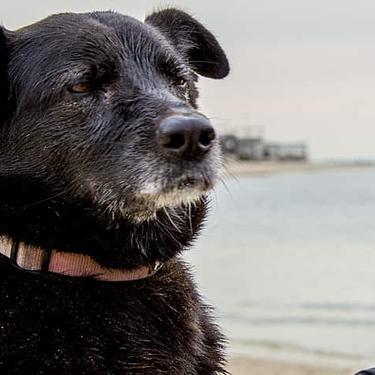 Does My Pet Hate Me?
Does My Pet Hate Me?Learn tips for bonding with your pet if you've ever thought, 'My dog doesn't like me, or 'Why do I have a standoffish cat?'
Read More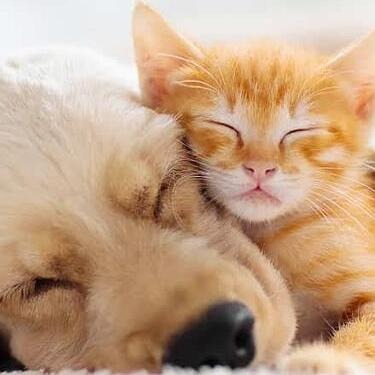 Why Are Dogs and Cats So Cute?
Why Are Dogs and Cats So Cute?If waggy puppy dog tails and furry kitten yawns make you swoon, you're not alone. Why are cats so cute? And, dogs too! Let's find out!
Read More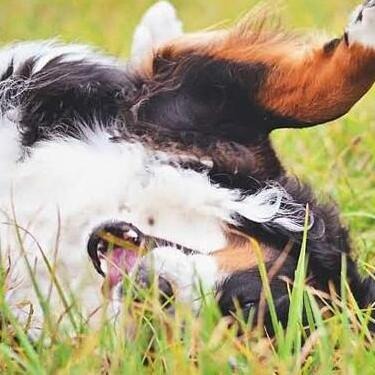 Do Dogs and Cats have Belly Buttons?
Do Dogs and Cats have Belly Buttons?Learn whether cats & dogs have belly buttons like humans, what the function is, and if there are any health concerns associated with it.
Read More -


When adorably pudgy puppy tummies are exposed, it's almost a pet parent rule to initiate soft tickles. Oftentimes, doggie belly rubs will make your pooch wiggle and jiggle with excitement, and rubbing a specific spot on your dog can make a hind leg happily kick out. With this in mind, you may be wondering: Are dogs ticklish? And can dogs be ticklish just like humans?
Many dogs respond positively to gentle finger movements on their skin and fur — but are the squirms from internal laughter and joy? Do they like the sensation? And, most importantly, where are the best spots to give your dog extra tickles for maximum enjoyment? Let's find out.
Are Dogs Ticklish, and Do They Laugh?
Studies examined by Stanley Coren PhD, DSc, FRSC in an article for Psychology Today discussed that animals can indeed be ticklish, and they may even laugh during the experience, just as humans do. But when dogs laugh, it's a bit different. They make more of a panting, breathy sound (without barking) created with a slightly open mouth that resembles a smile.
Dr. Marty Becker, DVM at Vet Street says during a pet exam in his office he will purposely tickle dogs along their sides, back of the rib cage and on the belly. A healthy dog will respond with an uncontrollable movement with their leg known as the "scratch reflex." You might notice this reflex combined with dog-style laughing during a tickle session with your pet.
Dogs do enjoy this attention, as long as they're feeling good overall and not injured or exhausted. So, tickle away! But, be warned: If you tickle a dog with a full bladder, you might see some happy dribbles of urine.
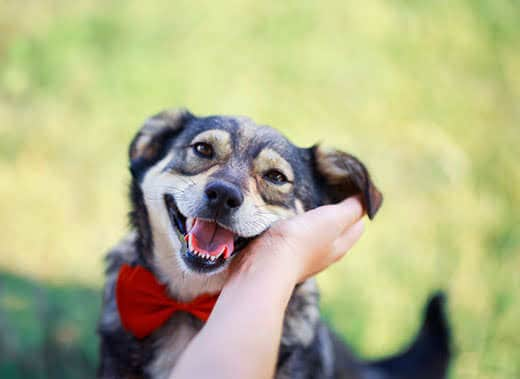


Tasty Tips
Which Parts of a Dog are Ticklish?
Any part of your pet can be ticklish. Surprisingly, dog feet are even more sensitive and ticklish than human feet, according to Caroline Springs Veterinary Hospital in Victoria, Australia. They say this explains why many pups don't care for nail trims. It's not the clippers, but the touching of their ticklish paws that drives the pets crazy.
To find the ticklish spots on your pup, give them a gentle petting head to tail. Don't forget the belly and behind the ears — two top pleasure spots. Does one particular area make your dog respond with swaying head movements, tail wags, leg movement and the breathy laughs mentioned earlier? That may just be the this-feels-good tickle spot.
Still, just like people, not all dogs enjoy being tickled. If your pet turns away from you, pins their ears back, stops smiling or begins to nip, stop touching and verbally let the dog know that they are safe.
So, can dogs be ticklish? Can they laugh? They sure can. Before you get your tickle on, be sure your pet is in the mood for this activity. If your pet isn't feeling well or is tired from a long hike, let them rest. You wouldn't want to be tickled in those situations either. But if your dog is making eye contact, rolling around and inviting playtime, let the tickling fun begin!


Angela Tague is a pet mom and writer living in the Midwest. When she's not making a mess in the kitchen, exploring nature trails with her dog, or attending a yoga workshop, she's writing full-time for multiple lifestyle and technology brands. You can find her on Twitter and LinkedIn @AngelaTague.
Related products

Delicious braised beef paired with tender vegetables in a succulent stew

Delicious roasted chicken paired with tender vegetables in a succulent stew

A delicious complement to the nutrition of Science Diet Small & Mini 7+ dog food

Science Diet's breakthrough nutrition supports ultimate digestive well-being & healthy microbiome for dogs age 7+
Related articles
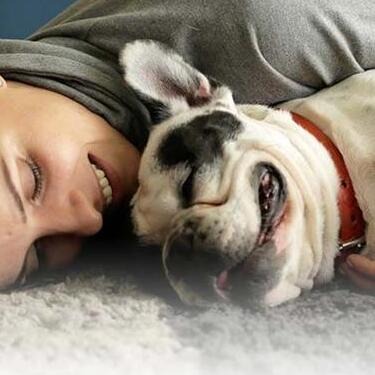
Your dog's coat and skin are a big part of your dog's overall health. Ensure you keep your dog's coat healthy, by following these simple tips.

Large and giant breed puppies have different nutritional needs than other dogs. Learn how to provide the special care they need to grow up big and strong.

Hill's Science Diet Small & Toy Breed dog foods are designed to meet the nutritional needs for your small dog at every life stage. Learn more here.

Learn about choosing the right food for your mature or older dog, ensuring he receives the correct balance of nutrition.
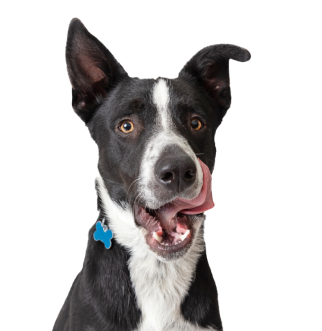
Put your dog on a diet without them knowing
Our low calorie formula helps you control your dog's weight. It's packed with high-quality protein for building lean muscles, and made with purposeful ingredients for a flavorful, nutritious meal. Clinically proven antioxidants, Vitamin C+E, help promote a healthy immune system.
Put your dog on a diet without them knowing
Our low calorie formula helps you control your dog's weight. It's packed with high-quality protein for building lean muscles, and made with purposeful ingredients for a flavorful, nutritious meal. Clinically proven antioxidants, Vitamin C+E, help promote a healthy immune system.

